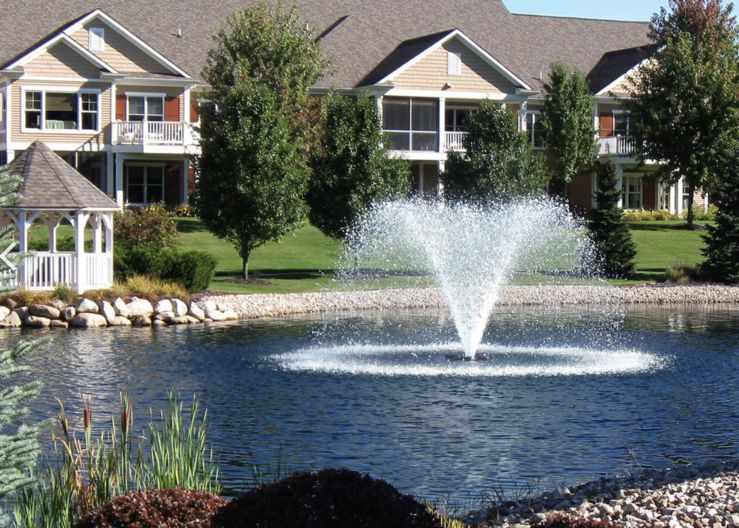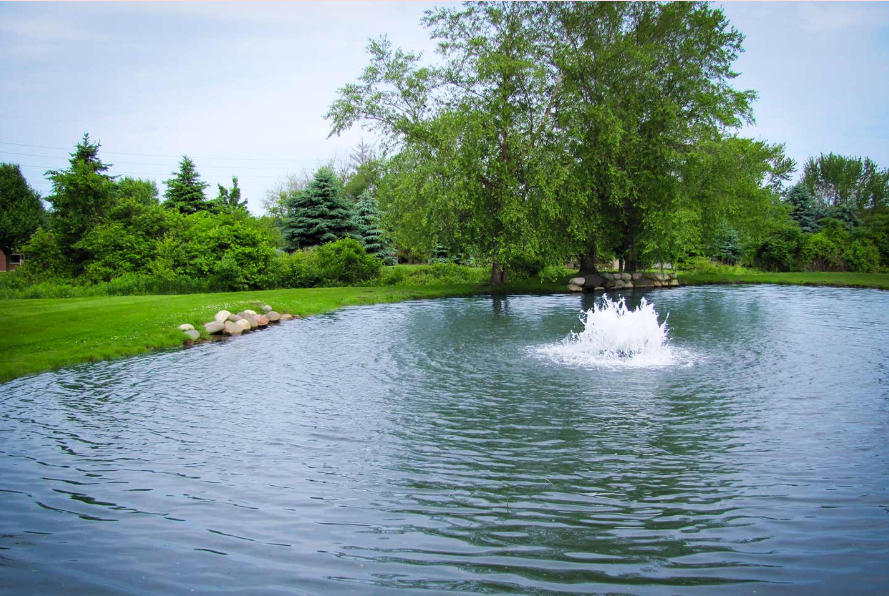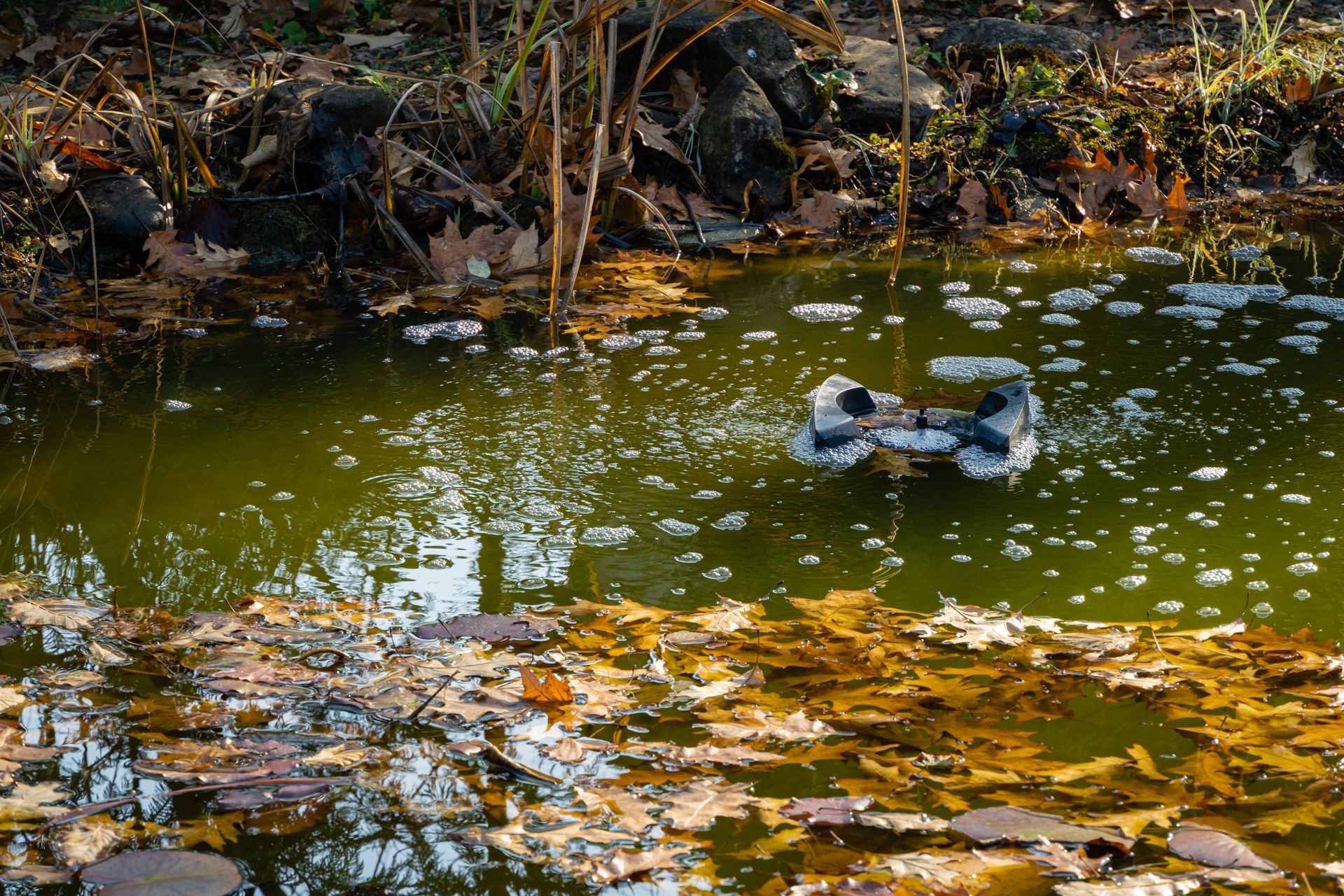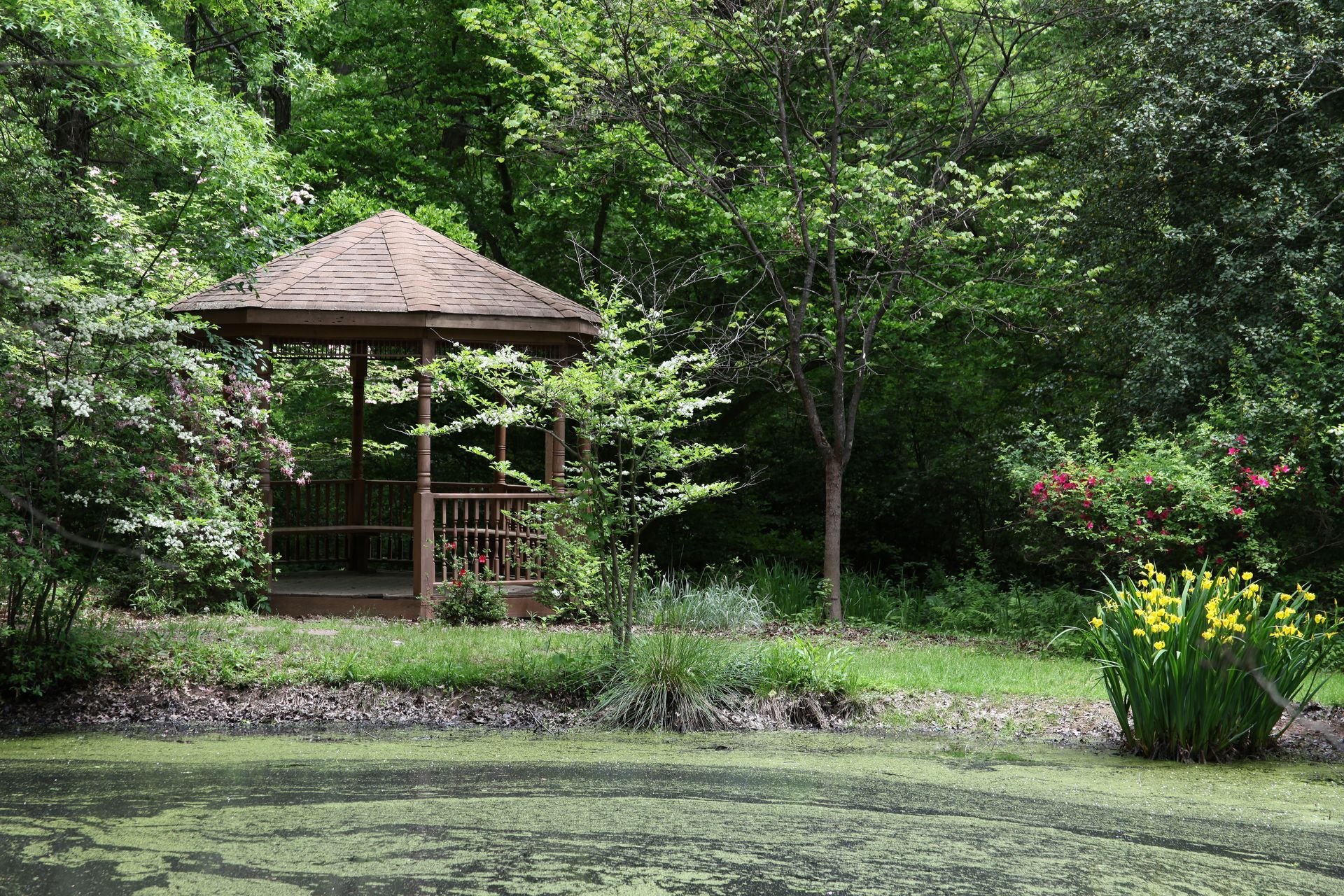3 Benefits of Professionally Managed Stormwater Ponds
A stormwater pond is designed to collect rainwater, as well as runoff, pollutants, and sentiments. Essentially, stormwater ponds work to mitigate the many negatives that come with storms and rain. According to the University of Delaware, wet ponds contain a permanent pool of water that is a minimum of three feet deep. Wet ponds, also called stormwater ponds or retention ponds, typically look just like ordinary ponds, with the exception that they are specifically designed to manage stormwater and have a fairly standardized design. The outlet structure of a wet pond is above the surface of the water, ensuring that the pond stays full. Stormwater discharges from the pond only when the water level rises over the outlet as a result of runoff from a rainstorm. In addition to managing water quantity issues, wet ponds also improve water quality. Prolonged storage of stormwater allows sediment to settle out, improving the quality of the discharged runoff. Eventually, the water level in the pond goes back to where it was before the storm. Let’s further explore the benefits of professionally managed ponds.
1. Protect Local Environments
One of the biggest reasons for setting up stormwater ponds is to protect the local environment. Stormwater runoff in housing developments may accumulate many human-related contaminants, such as motor oil, fertilizer, and trash. Stormwater ponds allow a place for these pollutants to collect and settle out and or cycle through the system, reducing pollution into the main stems of our natural waterways.
Of course, over time the stormwater pond may need to be dredged of accumulated sediment. Bathymetric studies are a proactive approach to identifying sedimentation and recording changes in sediment levels over time. This allows a more accurate estimate of dredging needs and HOA budgeting requirements for a large-scale pond dredging project.
2. Prevent Flooding
Non-porous surfaces like roadways, concrete sidewalks, and roofs create runoff during rainfall. It is important to collect this runoff into a stormwater management area to reduce the risk of flooding. These stormwater systems must be routinely inspected for proper function and local county compliance. Without maintenance, these systems can be quickly overgrown in vegetation and not allow proper storage of runoff.
3. Reduce Headaches
Managing a stormwater pond can be tricky, and if you’re not careful, the pond may fail to function properly. With professional management, you can reduce the risk of mishaps, such as inflow and outflow pipe failure, toxic algae blooms, and erosion. With professional stormwater pond management, pros can work with you to mitigate these issues. This will prevent a small issue from turning into a large-scale expensive repair or retrofit project.
Even seemingly gentle rainstorms can be a major threat. In the past, flooding was very common. While flooding is still a serious risk in many areas, improvements in drainage and the use of stormwater ponds have helped improve conditions greatly. If you’re looking for stormwater pond management professionals, get in touch with LakeSource Aquatic Habitat Management at your earliest convenience.







Share On: